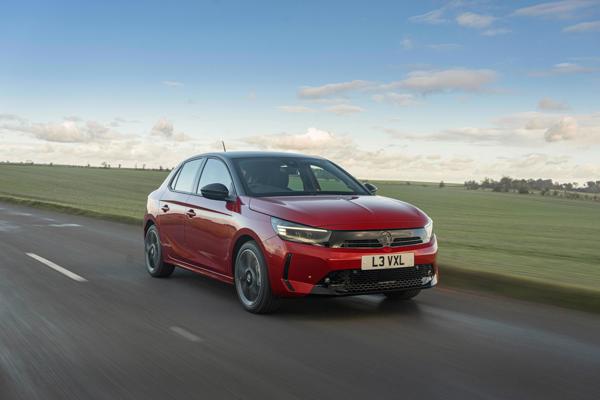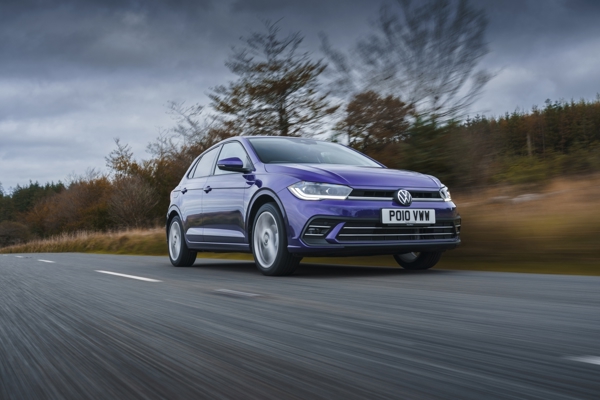Review
From safety to efficiency, equipment to tax and driveability, the Polo has proved itself a highly capable and satisfying small car in its six months with Fleet News.
First, from a cost perspective, our Polo Style 95PS performed admirably in a head-to-head with 19 rivals in a running cost battle, using the fleetnews.co.uk tool to make the comparisons on a four-year, 80,000-mile cycle.
From budget Sandero to A1, it has the lowest CO2 emissions at 119g/km, highest combined mpg at 54.3 (WLTP) and resulting fuel per mile cost and the lowest service, maintenance and repair cost. On the sensitive subject of personal tax, the Polo is strong with a BIK percentage charge of 28%, annual liability for a 20% taxpayer is £1,212. Only the A1 proved stronger, in total cost per mile, by 0.8 pence per mile.
In terms of fuel economy, my six-month average was 54.6mpg, compared with the official WLTP figure of 54.4. Over 10,000 miles at the UK average of 186.28 per litre petrol price, that tiny improvement would save me £29 – or several ‘posh’ coffees. The addition of the turbocarger in the 95PS model over the entry-level car provides a touch of extra performance and driving engagement to push it beyond being merely pedestrian to drive.
Much of Volkswagen’s attention on this sixth-generation stalwart is focused on safety.
Alongside features such as side assist, rear traffic alert and autonomous emergency braking front assist, the IQ Drive (the umbrella name for autonomous driving technology) Travel Assist system uses radar to take over the steering, braking and acceleration from 0mph (with the DSG gearbox) or 19mph with the manual gearbox, up to the car’s maximum speed, based on the proximity of other vehicles. Travel Assist combines the use of adaptive cruise control and lane-assist (standard for the first time in the range).
Euro NCAP tests reinforce the comfort this combination provides. In testing this year, the Polo gained a maximum five-star rating, based on an adult occupant rating of 94%, child safety 80%, vulnerable road users 70% and a 70% score for its safety assist technology.
Concluding the all-around appeal of the Polo, when you have the required two keys in your possession, drivers’ wellbeing can be reinforced by the suite of safety and convenience features provided by VW’s We Connect platform. For no charge you get breakdown and emergency call services, doors and lights status, a vehicle health report, driving data, parking location and service scheduling.
A three-year subscription to We Connect Plus improves the offering with navigation-based services for online traffic information, route calculations, petrol stations, parking spaces, online map updates and point of interest searches, plus internet radio and media streaming.
Smart connected services, if you can get them to work
For vehicles from the 2021 model year onwards, most new Volkswagens have access to the service called We Connect.
Once you’ve checked your vehicle is compatible via the dedicated Volkswagen website, you will be able to take advantage of features enabled via the car’s permanently installed eSIM card.
With the support of an app, standard features on We Connect include breakdown and emergency call services, doors and lights status, a vehicle health report, driving data, parking location and service scheduling.
An enhanced service, We Connect Plus, is available through a three-year subscription. In addition to the basic service, turning your car into a Wi-Fi hotspot brings with it navigation-based services for online traffic information, route calculations, petrol stations, parking spaces, online map updates and point of interest searches, plus internet radio and media streaming.
There’s also a We Connect app for a smartwatch. VW’s electric ID range has its own features too.
How did I fare? On a computer I was able to ensure the Polo was compatible; clicking the ‘more information’ button took me to a 404 error page.
You can also use the We Connect app to connect your smartphone with your Volkswagen, via its infotainment system. To add a vehicle, you’ll need its VIN number from the windscreen or registration documents, a four-digit passcode of your choosing and, as a final security measure, two sets of keys. I only have one.
Despite falling at an early hurdle I can see that the provision of useful, time-saving and safety-enhancing online services are for the benefit of all company drivers, whatever their level on the corporate ladder. Well done VW.
Satisfies the head and the heart
If you want a small car on your fleet that is going to be a sensible choice for your drivers, but not too dull then the Polo is a good choice. I’ve looked previously at the spec, the costs and safety features and ratings – the factors that occupy the mind, but is there anything about the driving experience that will prompt a smile?
There are four petrol engines to choose from. The entry-level is the 1.0-litre 80PS with a 0-62mph of 15.5 seconds and a combined WLTP figure of 51.8mpg.
Our car, the 1.0-litre 95PS does 0-62mph in 10.8 seconds and 54.4mpg. The extra performance is thanks to this engine’s turbocharger.
You could go for the even more powerful 110PS (10.4 seconds and 50.2mpg), but I don’t believe there’s much to gain, other than a sixth speed on the manual gearbox.
The addition of the tubro over the entry level model gives the Polo that little bit extra performance and responsiveness to make it an enjoyable drive, yet without the concerns of having too much power when you’re thinking about driver safety. There is a grunt from the engine when you accelerate too hard, but noise levels are very good overall.
I was determined to not say it feels like a larger car when you’re driving it, but it is true. The steering is adequately responsive and direct, the gearbox smooth in operation and the ride the right side of firm. And it is comfortable on long journeys.
I’ve driven the Polo for journeys of more than two hours – to Silverstone, Suffolk and Birmingham – and the fuel economy has been impressive. My best has been 62.2mpg. On a 200 mile journey at a UK average unleaded petrol cost of 187.65 pence per litre that’s a saving of nearly £4 on the official 54.4mpg. That’s a posh coffee. The head and the heart can be satisfied.
How safe is it in a crash?
Do you care the wellbeing of your drivers when they’re on the road?
Of course you do.
So, how safe is the Polo?
It’s safety equipment includes lane assist as standard for the first time in the range. It works in conjunction with side and front assist (including cyclist and pedestrian monitoring).
Autonomous emergency braking and a driver alert system are also standard fit.
Volkswagen describes the Polo has having “excellent crash characteristics” and Euro NCAP data appears to support this.
The only supermini tested this year, the Polo was given a maximum five-star rating, based on an adult occupant rating of 94%, child safety 80%, vulnerable road users 70% and a 70% score for its safety assist technology.
It noted that the passenger compartment “remained stable” in the frontal offset crash test.
The impact of a frontal collision would be “benign” and in a rigid barrier test “good or adequate protection was provided to all critical body areas” for the driver and rear passenger.
When it came to side barrier and side pole impact tests, the Polo scored maximum points.
Whiplash protection was judged “good”.
Euro NCAP also acknowledged the presence of the automatic post-collision system that applies the brakes after an initial collision, designed to reduce the severity of a crash and prevent secondary impacts.
Comparison to the Polo’s competitors is difficult.
Superminis tested in 2021 include the Dacia Sandero Stepway, Fiat 500e and Renault Zoe.
None match the Polo’s rating.
The Fiat comes closest with four stars, including a child safety score of 80%.
The Zoe famously scored no stars, with only the child occupant test achieving more than a 50% score.
In 2020, the Hyundai i10 was awarded three stars.
You have to go back to 2019, with tests on the Peugeot 208, Ford Puma, Vauxhall Corsa, Renault Clio and Audi A1. The latter two also scored five stars, with individual percentage scores exceeding those of the Polo in some areas.
Euro NCAPs crash data on the Polo.
Crash test video
Winning running cost battles
How would running our Polo on a fleet stack up against its rivals in cost terms?
The fleetnews.co.uk car running costs tool lists 19 vehicles with similar running costs from the budget end of the market, the Dacia Sandero 1.0-litre SCe to the premium, the Audi A1 1.0 TFSI.
Looking at recent new car registration figures I chose cars that were, as close as possible in year-to-date totals, competing head-on to compare on a four-year, 80,000-mile operating cycle: the Ford Fiesta 1.0-T EcoB, Peugeot 208 1.2 PureTech 100 and Audi A1 1.0TFSI 95.
They all have a P11D value of £21,000 plus a few hundred pounds, with the Fiesta the highest at £21,710, the 208 the lowest at £21,365. The Polo’s is £21,645.
For total cost per mile the Polo is pipped at the post at 34.96ppm by the A1 at 34.12ppm, helped by its residual value of £8,630, with depreciation at a sniff over 16ppm. The other cars can’t compete. The Polo £7,120 / 18.16p, Fiesta £6,290 / 19.28p and 208 £5,728 / 19.55p.
The cost per mile figures are crucial, and while the Polo doesn’t win the war it succeeds in a number of battles. It has the lowest CO2 emissions at 119g/km, highest combined mpg at 54.3 (WLTP) and resulting fuel per mile cost and the lowest service, maintenance and repair cost.
From a personal tax perspective, it’s another plus for the Volkwagen. With a BIK percentage charge of 28%, annual liability for a 20% taxpayer is £1,212.
But opt for the Audi and your driver would pay the most of the comparison set at £1,288 and BIK at 30%. That doesn’t seem too excessive for someone who is concerned about badge snobbery.
For full details, you can see my comparison list on our website running cost comparison tool.
Make your own company car tax comparisons to the Polo.
VW Polo 1.0 TSI Style joins our fleet
How many times can you polish a diamond and get it to shine a little more? With a car with the pedigree of the Volkswagen Polo, there’s always ‘one more time’.
The Polo was first introduced in 1975. In 47 years, 18 million have been sold globally, with one in 10 in the UK. And in the autumn the 2017, sixth generation model, was given a ‘polish’.
The design of the front and rear were changed, with LED front headlights fitted as standard and horizontally extended lights added at the back, with a crossbar light, mirroring a design feature on the Golf, Arteon, ID3 and ID4, an option.
There are four engine options, all based around the 1.0-litre petrol unit, with power outputs of 80PS, 95PS and 110PS. The lowest powered option comes with a five-speed manual gearbox; the 95PS is available in manual or seven-speed DSG transmissions and the 110PS just the latter. Then topping the range is the GTI, with a 2.0-litre 207PS engine and DSG transmission.
We've gone for the 95PS petrol manual, in mid-spec Style trim. It costs £21,950 with optional Vibrant Violet paint (£610) and a spare wheel (£100).
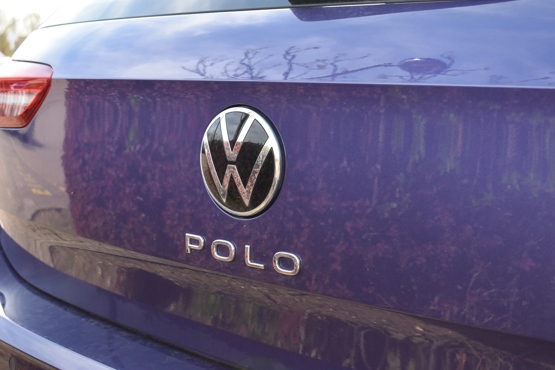
Volkwagen places a lot of emphasis on the technological advances in the Polo range.
Its driver assistance technologies are known collectively as IQ.DRIVE Travel Assist. The system is capable of taking over the steering, braking and acceleration from 0mph (with the DSG gearbox) or 19mph with the manual gearbox, up to the car’s maximum speed.
It’s turned on via a button on the new multifunction steering wheel. Travel Assist combines the use of adaptive cruise control and lane assist (standard for the first time in the range). The driver must keep their hands on the steering wheel for it to work – touch sensitive surfaces on it ensure this is the case.
If that’s not enough to give you a growing sense of confidence in driving this small car, then there’s also side assist, rear traffic alert and autonomous emergency braking front assist.
There is much to judge in the coming months in our time with the Polo on our long-term fleet.
Jeremy has been a journalist for 30 years, 20 of which have been in business-to-business automotive. He was a writer and news editor on Fleet News for three years. He is Bauer B2B’s head of digital operations helping to manage the digital assets of Fleet News and Commercial Fleet, together with sister-brands AM and Rail. For six years he was AM's editor.


Specs
| Manufacturer | Volkswagen |
| Model | Polo |
| Specification | Polo Hatch 5Dr 1.0TSI 95 GPF SS €6 Style 22MY |
| Model Year | 0.00 |
| Annual VED (Road tax) | £0 |
| BIK List Price | £21,645 |
| CO2 | 119g/km |
| BIK Percentage | 28% |
| Insurance Group | N/A |
| CC | N/A |
| Fuel Type | Petrol |
| Vehicle Type | Small car |
| Luggage capacity (Seats up) | 5litres |
Running Costs
| P11D | £21,645 |
| Insurance group | N/A |
| Fuel Type | Petrol |
| Cost per mile | 59.71ppm |
| Fuel | 11.54ppm |
| Depreciation | 45.50ppm |
| Service maintenance and repair | 2.67ppm |
Rivals
Info at a glance
-
P11D Price
£21,645
-
MPG
54.3 (WLTP) -
CO2 Emissions
119g/km -
BIK %
28% -
Running cost
3 Year 60k : N/A 4 Year 80k : N/A -
Fuel Type
Petrol



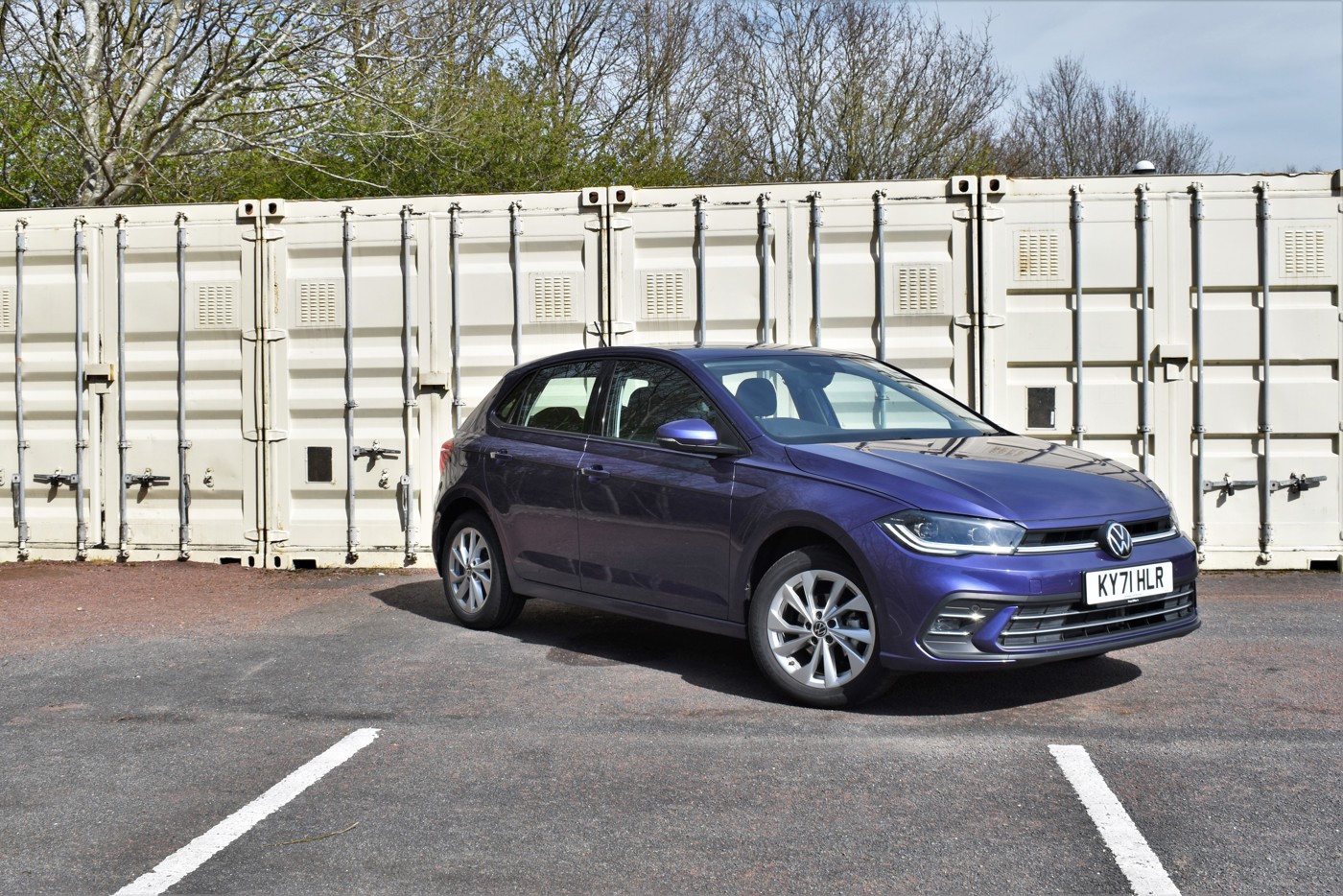
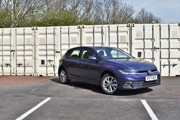
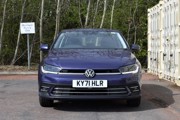
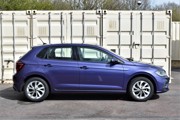
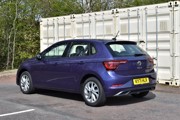
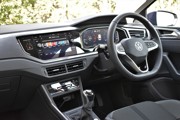
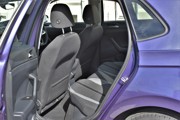
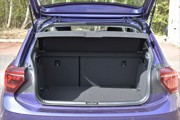
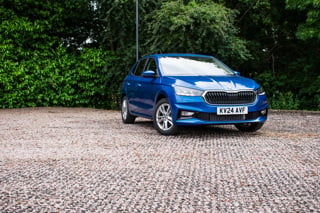
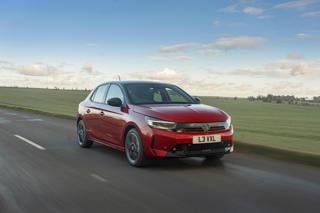
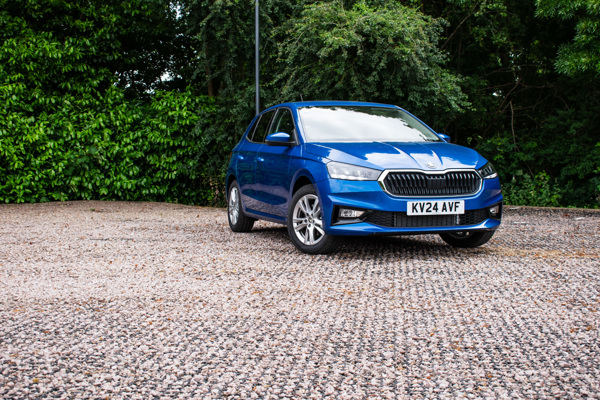
 Petrol
Petrol
